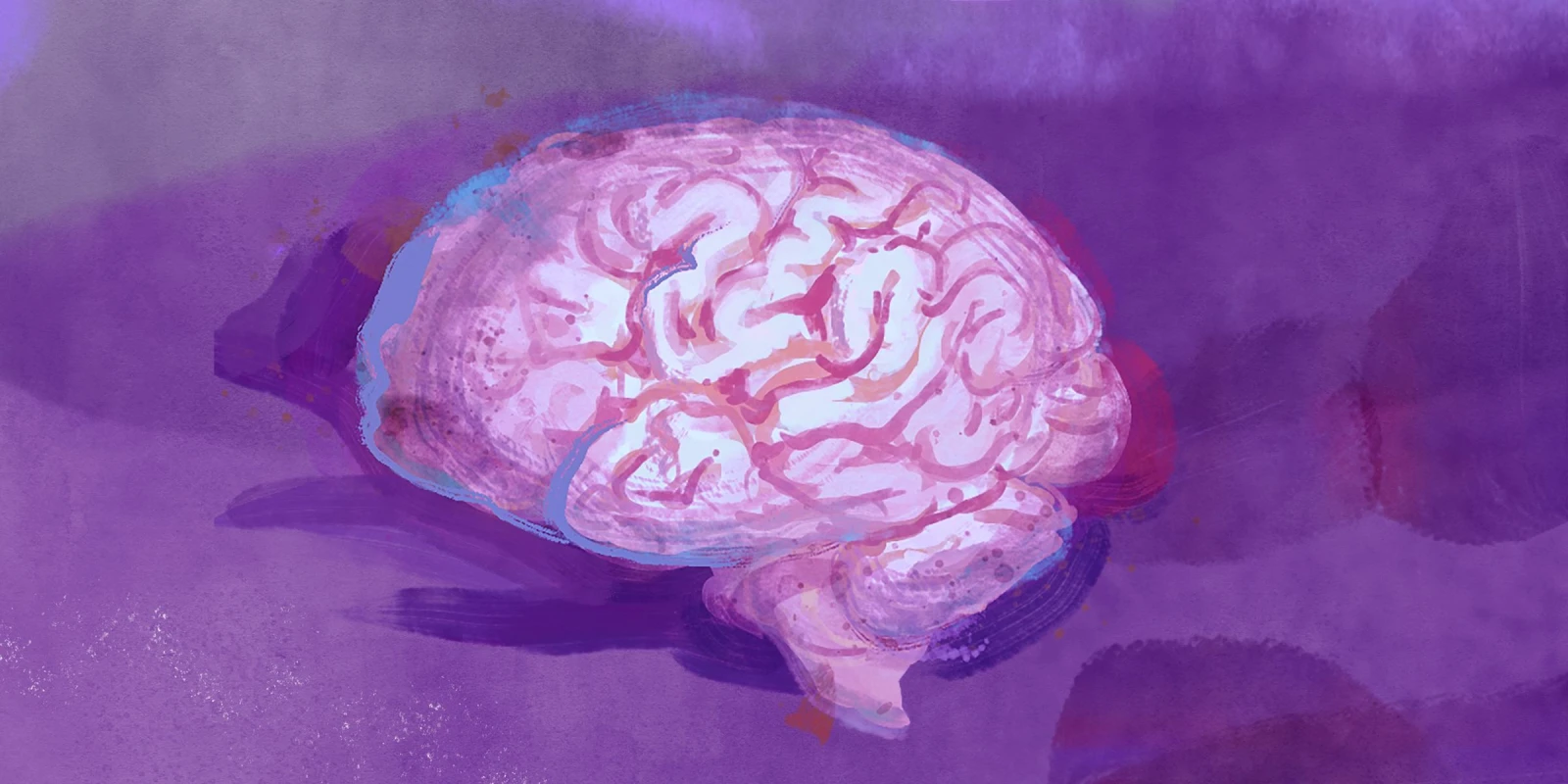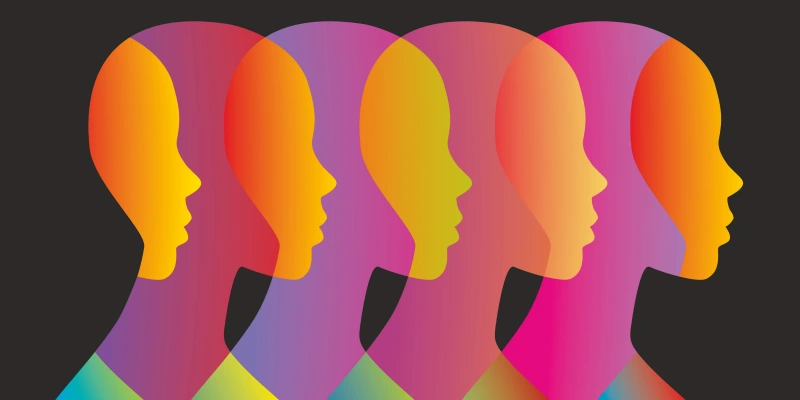Brain–computer interfaces (BCIs) are a rapidly evolving field that merges neuroscience and technology. These systems establish direct communication pathways between the human brain and external devices, with the goal of restoring communication and mobility for people who have lost those functions.
“As a community, when we meet someone with a cervical injury or stroke, we want to be able to say to them, you will be able to move again tomorrow,” said Leigh R. Hochberg, MD, PhD, FAAN, a vascular and critical care neurologist at Massachusetts General Hospital (MGH), who discussed implantable BCIs during the Plenary Session on Hot Topics in Neurology at the American Academy of Neurology (AAN) annual meeting.
“When we see someone who has had a brain stem stroke or with rapidly progressive acute inflammatory demyelinating polyneuropathy, who has suddenly lost the ability to move and to speak, I want to be able to say, ‘you’re going to be able to easily communicate tomorrow,’” he said. “Someone we meet with ALS, whether it’s in the clinic or ICU, with respiratory failure –we want to assure them that they will never lose the ability to communicate.”
Hochberg explained that his statements were made without any reference to any technology, but are simply what clinicians will hopefully be able to tell these patients one day. “But brain implanted interfaces is on its way to hopefully achieving some of these goals,” he said.
Several companies are developing implantable BCIs, but whatever the device, they all have 3 main components, Hochberg explained. A typical BCI system includes three components: the hardware or neural sensor that measures brain activity, the decoder or software that interprets this data, and the mechanism that will allow the user to translate signals into action.
“The goal of the sensor is to record real time neural activity that is associated, for example, with the intent to move or to speak,” he said. “There are several technologies that can record from the brain.”
Once the interface has a signal, then it needs to build a map, which is a decoder between the intended action and the neural activity that is attempting to generate it. “Machine learning with AI is really beginning to bring this field together and rapidly decode neural activities that may have been too complex for more simple approaches,” he said.
The next step is putting it all together into something that can restore communication and/or mobility. For example, when a person has lost the ability to move and to speak despite being fully awake and alert-- restoration of easy communication is a priority. “Our research team is developing technologies that would re-enable the ability to control a cursor on a computer screen or to type on a virtual keyboard, simply by thinking about the movement,” Hochberg explained. “As if controlling a computer mouse.”
A major challenge in restoring verbal communication is the time lag between when a person attempts to speak and when sound is produced. Hochberg pointed to a paper that was released March 31 in Nature Neuroscience which addressed this topic. The study participant had lost her ability to speak following a brainstem stroke in 2005, and now about 18 years later, she had a sensor containing 253 electrodes placed on the surface of her brain cortex. The implant is able to record the combined activity of thousands of neurons at the same time, using recent advances in AI-based modeling, and a streaming method was developed that synthesizes brain signals into audible speech in near-real time.
“Our goals are to restore communication and mobility, not 6 months from now, not next week but as soon as the device can be deployed,” said Hochberg. “It’s becoming closer. And not only restoring mobility and communication but also mental health and even economic opportunity.
He put out a call for help from all neurologists. “This is a complex field, this work is now being translated into devices and some companies are doing early clinical trials,” he said. “And as we all appreciate, it is not the academic sector that produces the final form of an implanted medical device.”
He noted that there are several important steps that need to be considered, such as the regulatory pathway, reimbursement, as well as questions about ethics. “And the most important members of this community are those living with neurologic conditions and their care partners, and making sure that the devices we are developing are the ones they are wanting to use,” Hochberg concluded.
Dr. Hochberg has no financial disclosures
PL2 - Hot Topics Plenary Session
Implantable Brain-Computer Interfaces for the Restoration of Communication and Mobility. Presented at: American Academy of Neurology Annual Meeting; April 5-9, 2025; San Diego.
Littlejohn, K.T., Cho, C.J., Liu, J.R. et al. A streaming brain-to-voice neuroprosthesis to restore naturalistic communication. Nat Neurosci 2025; 28: 902–912.
Illustration by Jennifer Bogartz






